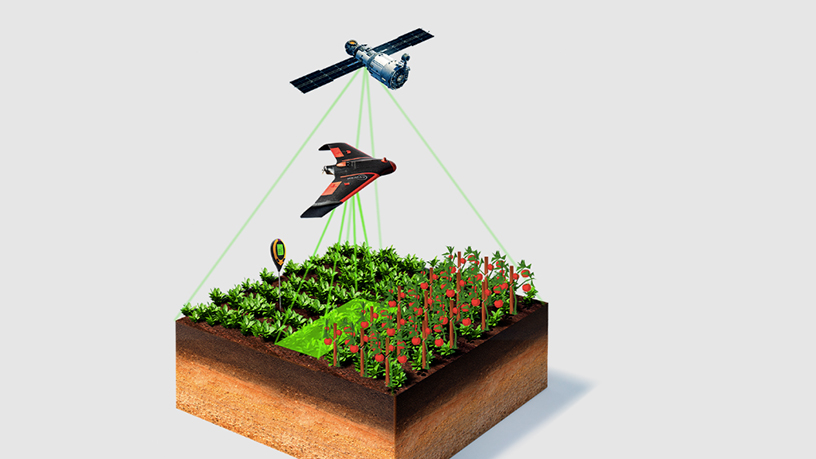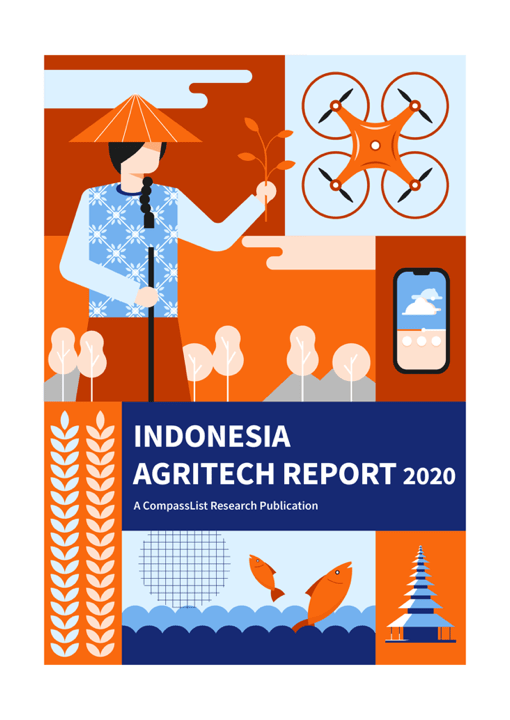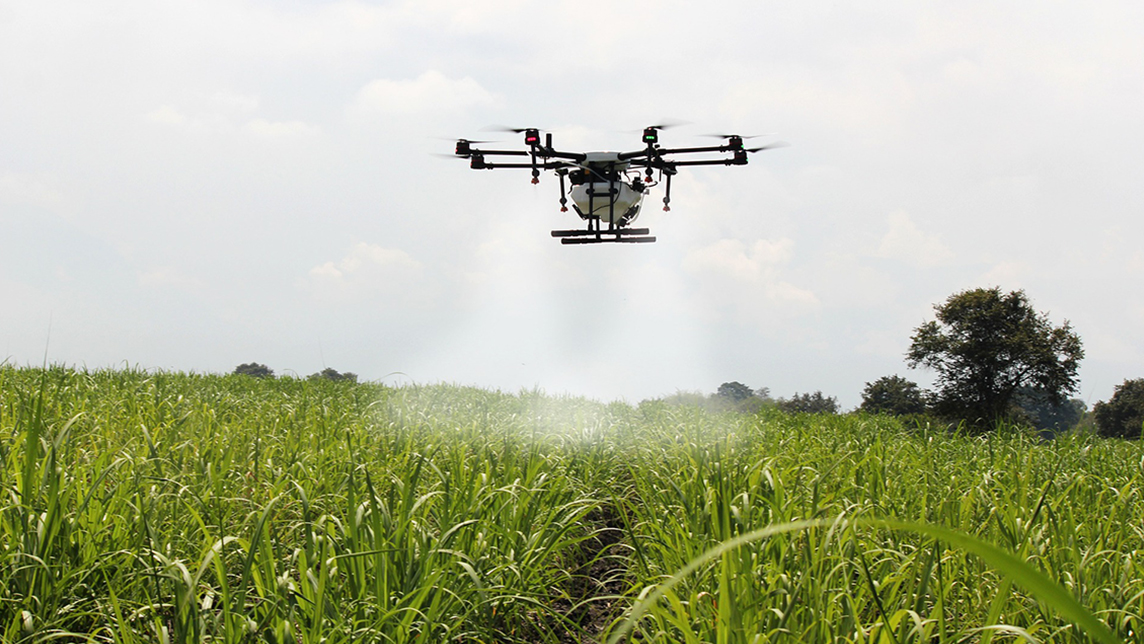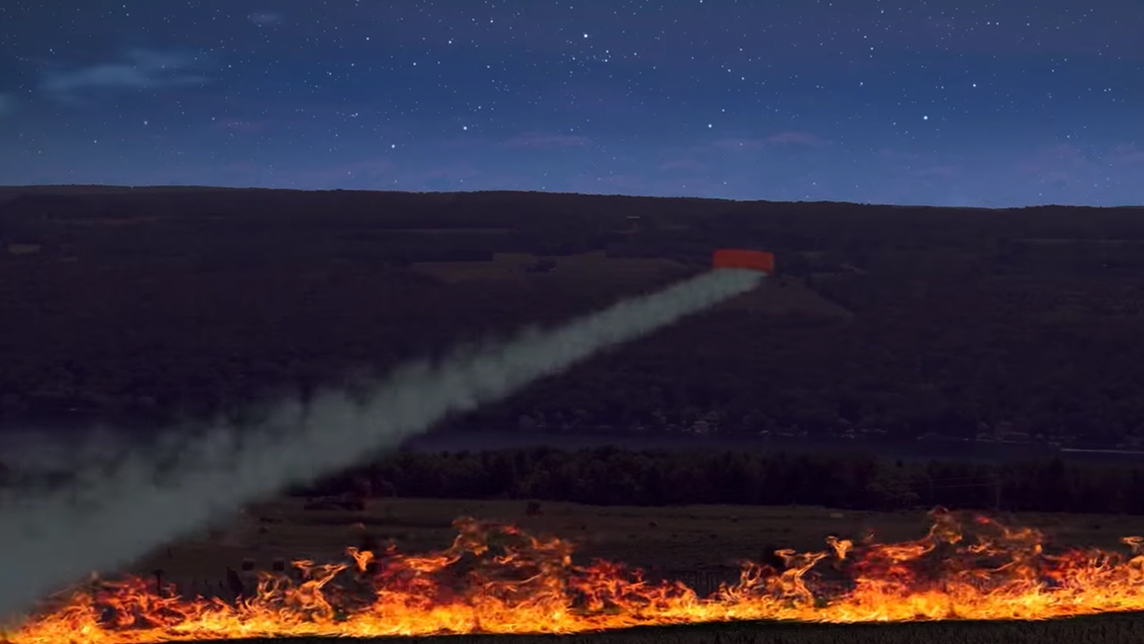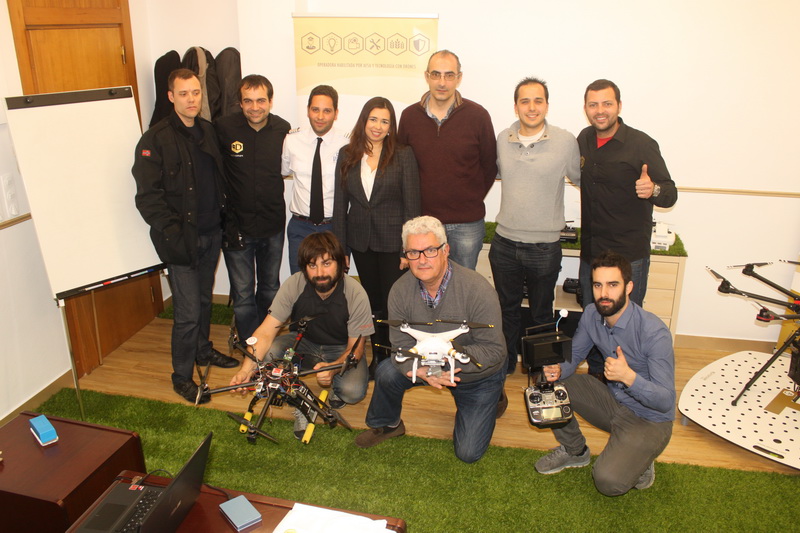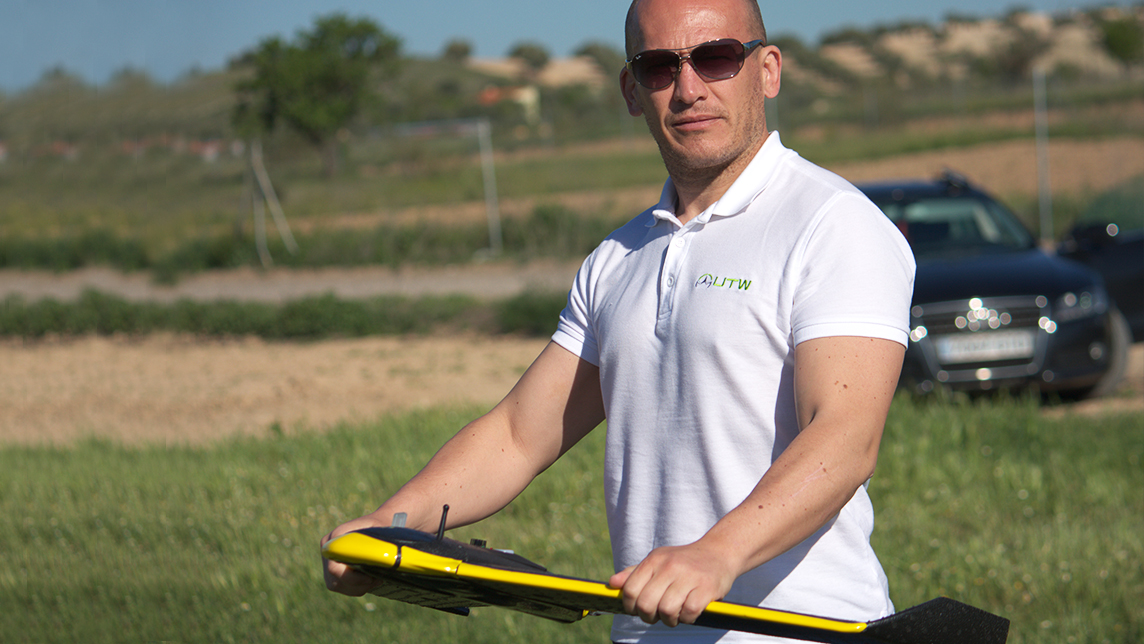Recognized for its lead in precision farming, Barcelona-based HEMAV is also the world’s fourth largest drone services company today. The startup now wants to grow further through deepening its specialization in the three areas of its focus: agriculture, utilities and training.
“Our near future does not lie in expanding into more sectors on a general level,” said David Hiera, one of the startup’s co-founders, “but rather in increasing the number of applications within each of the areas we work in, becoming greater leaders and specialists every day.”
Launched in 2012, HEMAV is also lauded for its data analytics platform that stores and analyzes images and data captured by unmanned aerial vehicles (UAVs) and other sources including satellite images. Its proprietary software puts it ahead of most other players, as it’s capable of building industry-specific and customized predictive models, using machine learning and deep learning algorithms that process all types of data captured by drones.
HEMAV currently operates in 15 countries. It ranks behind Zipline, the world’s largest drone services company, whose delivery drones carry emergency supplies to disaster zones; Cyberhawk’s inspection drones; and the mapping-surveying drones by Measure. Over $116m in investments were pumped into the top 10 drone services companies, according to Droneii’s 2018 global research report.
PwC estimated that the emerging global market for commercial drone-powered solutions was worth over $127bn in 2016. By 2050, industrial drones put to work in Europe and the US will exceed 1m units, generating revenues of $50bn a year, according to BCG.
Regulatory boost
To date, HEMAV has raised almost €3.5m from private investors. In 2014, its crowdfunding campaign on Crowdcube raked in €450,000 from 67 investors in six days, setting new records for crowdfunding in Spain. Two years later HEMAV closed its first financing round, worth €3m, led by Dutch firm Scranton Enterprises.
In utilities, HEMAV operates drones for clients like Gas Natural, Telefónica, IBM and Unión Fenosa to carry out tasks dangerous for human workers, such as the maintenance of high voltage electric towers, power cables and photovoltaic plants. In 2017, HEMAV drones inspected over 8,000 km of power cables, becoming an industry reference for power lines inspections in Spain’s electricity market.
It’s also working with industrial partners like Serlim to develop revolutionary “cleaning-at-heights” systems for high-rise buildings like skyscrapers. In 2015, HEMAV ranked 7th out of 800 in the race to create drones to help park rangers track down rhino and elephant poachers in Africa.
After years of waiting, drone enthusiasts and businesses finally received the greenlight to exploit the benefits of drone applications. In November 2017, the EU established common rules for the civilian use of drones.
In Spain, the first regulation for the civil use of drones was already approved in July 2014. Pilot training and drones weighing less than 25 kg were allowed in public air space. In December 2017, the drone regulation by Spanish Royal Decree 1036/2017 came into force. In April 2018, the Strategic Plan for the development of the civilian drone sector 2018-2021 was approved in Spain.
“Now we just need to have standardized regulations on a global level, and speed up the granting of licenses, which is currently often delayed, sometimes for more than six months,” Hiera, who is also HEMAV’s Engineering Manager, said.
From European vineyards to African locust plagues
In precision agriculture, the images captured by HEMAV’s drones can highlight differences in the color of crops and infested areas. Farmers can also use drones to count missing plants, compute brix estimates for detecting grape maturity in vineyards and fat yields in olive groves. Higher crop yields can be produced using real-time data generated by the drones that also act as water sprinklers or pesticide dispensers.
In 2016, HEMAV and the UN’s Food and Agriculture Organization trialed the use of “locust drones,” fumigating green areas to control the spread of locust plagues in North Africa and Southeast Asia. HEMAV’s agri-drones flew over more than 50,000 ha in 2017 to produce reports on fertilization, pest detection and irrigation conditions. The company has since also worked on farms in Latin America and in Spain.
Fisheries was the next challenge when drones were used to help fishermen to detect schools of fish, or for coastal surveillance. LiDAR technology was added to enable the drones to produce highly accurate survey reports for diverse industries including non-farming sectors like transportation and oil refineries.
HEMAV’s open-source digital data platform, LAYERS, hosts Reporting as a Service (RaaS) to allow clients to access value-added reports prepared from data collected by UAVs, satellites and other aerial systems. Its INSPECT-LAYERS tool develops risk predictive models.
Barcelona, a robotics hub
Based in the robotics hub of Barcelona, HEMAV started as a bootstrapped company with just €20,000 put in two aeronautical engineering students from the Polytechnic University of Catalonia, or UPC. Xavier Silva García and Carlos Ferraz Pueyo were completing their final-year project and wanted to build “something that can fly.”
The pair designed the main concept and recruited more than 20 students to join the team. In 2012, HEMAV Technology was launched as a company with third co-founder Alex Gomar Manresa as co-CEO with García, while Pueyo focused on innovation as a director.
Today, HEMAV is a network of companies running independently. HEMAV Technology is the driving force for the business, with HEMAV Factory is responsible for production. HEMAV Training runs drone pilot training certified by the European Aviation Safety Agency. HEMAV Academics focuses on R&D and innovation while the non-profit HEMAV Foundation, headed by Manresa as its president, was set up to develop and nurture local talent with a “passion for drone technology” around the world. Advisors of the Foundation include executives from Banco Sabadell Foundation, IBM, Grupo Barrabés and UPC.
With over 100 drones at work every day, HEMAV is ready to take off into new frontiers with an annual production of 12,000 drones by 2025.
